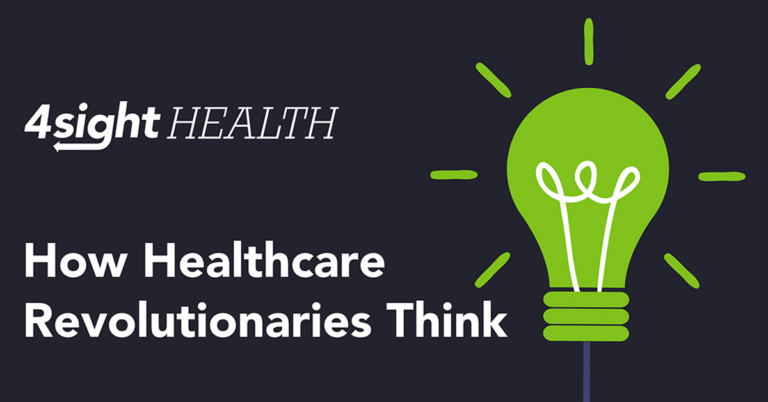August 13, 2020

Primary-Care Physicians versus The World (Mostly Pharmacists, Really)
Everyone loves primary care. Everyone hates primary-care physicians.
Well, maybe not everyone, but certainly the healthcare market and healthcare consumerism.
We’ll talk about the major takeaways from the big primary care mega-deals and IPOs in another post or column or podcast. Let’s use this space to talk about some other evidence that floated through my inbox that didn’t get as much attention but says a lot about what’s going on.
Some health services researchers from Yale decided to look at how compensation of PCPs and medical specialists changed since the Patient Protection and Affordable Care Act showed up in March 2010. As you know, the ACA put a premium on primary care with its prevention, wellness and value-based payment programs that reward providers for keeping healthy patients healthy and patients with chronic health conditions as healthy as possible so they avoid specialists, hospitals and going back to the hospital.
Logically, you’d think if the ACA made primary care more valuable, PCPs would become more valuable, and their compensation would reflect it. It didn’t happen, according to the researchers, who published their findings in JAMA Network Open in July 2020. You can download their study here.
From 2008 to 2017, the annual compensation of a physician specialist rose an average of 1.2 percent a year to $399,300. Over the same period, the annual compensation of a PCP rose an average of 2.2 percent a year to $247,300. A little faster, but not much faster and not as fast as you would think.
“There continues to be a sizeable gap between compensation for primary and specialist care,” said the researchers, who stated the obvious.
Meanwhile, in August 2020, the consumer rankings and ratings company J.D. Power released its results of its 2020 U.S. Pharmacy Study, which you can download here.
The headline on the press release about the survey results gives away the ending: “Consumers Embrace Pharmacy Expansion into Primary Care.” But, here are some interesting tidbits anyway.
- 48 percent of the surveyed retail pharmacy customers said they’ve used at least one primary-care service at their pharmacy. That’s up from 43 percent in the 2019 survey.
- Customer satisfaction with retail pharmacy is 26 points higher (on a 1,000-point scale) for those who’ve used a primary-care service at their pharmacy versus those who haven’t.
- Only 8 percent of the surveyed retail pharmacy customers said they used a primary-care service at their pharmacy via a recommendation from their doctor. Most are finding their way to the pharmacy for primary care via pharmacy advertising.
I think pharmacists are feeling it. So much so that three of them from the University of Pittsburgh School of Pharmacy, along with a systems programmer associate of theirs, decided to compare
how many times Medicare beneficiaries see their pharmacists versus see their PCPs.
Now, keep in mind that the three disclosed that they received grants from the National Association of Chain Drug Stores for research unrelated to the study that I’m telling you about.
The researchers studied nearly 700,000 patients who “actively access health care services,” meaning they were continuously enrolled in a Medicare Part D plan in 2016 and had at least one pharmacy claim and one PCP claim that calendar year.
The median number of visits to a pharmacy by a patient in 2016 was 13 compared to seven visits to their PCP—almost twice as many.
“Community pharmacists are accessible health care professionals who have frequent opportunities to interact with patients in the community,” the researchers said. “We believe community pharmacists and primary care physicians should collaborate as multidisciplinary primary care teams to prevent and manage chronic disease.”
I know a veiled threat when I read one.
You can download their study in JAMA Network Open here and draw your own conclusion.
My conclusion is that everyone thinks they can do primary care better than primary-care physicians. It could be true for a lot of services. I recently got a tetanus shot from the pharmacist because I didn’t feel like waiting for my PCP to come into the office and enter an order into my HMO’s EHR system. You could read about my experience in “Does Your Chatbot Have Lockjaw?”
What this really is about, of course, is value for customers. It’s a combination of service, convenience and cost, not the actual care itself. Companies big and small, inside and outside of healthcare, licensed practitioners of all stripes, all believe they can be better than PCPs at service, convenience and cost.
If PCPs want to survive in the new healthcare economy and not work for a pharmacist or retail pharmacy chain, that’s where they have to hit back competitively. Provide superior service. Make care convenient as possible. And make it affordable.
Thanks for reading.
Stay home. Stay safe. Stay alive.





